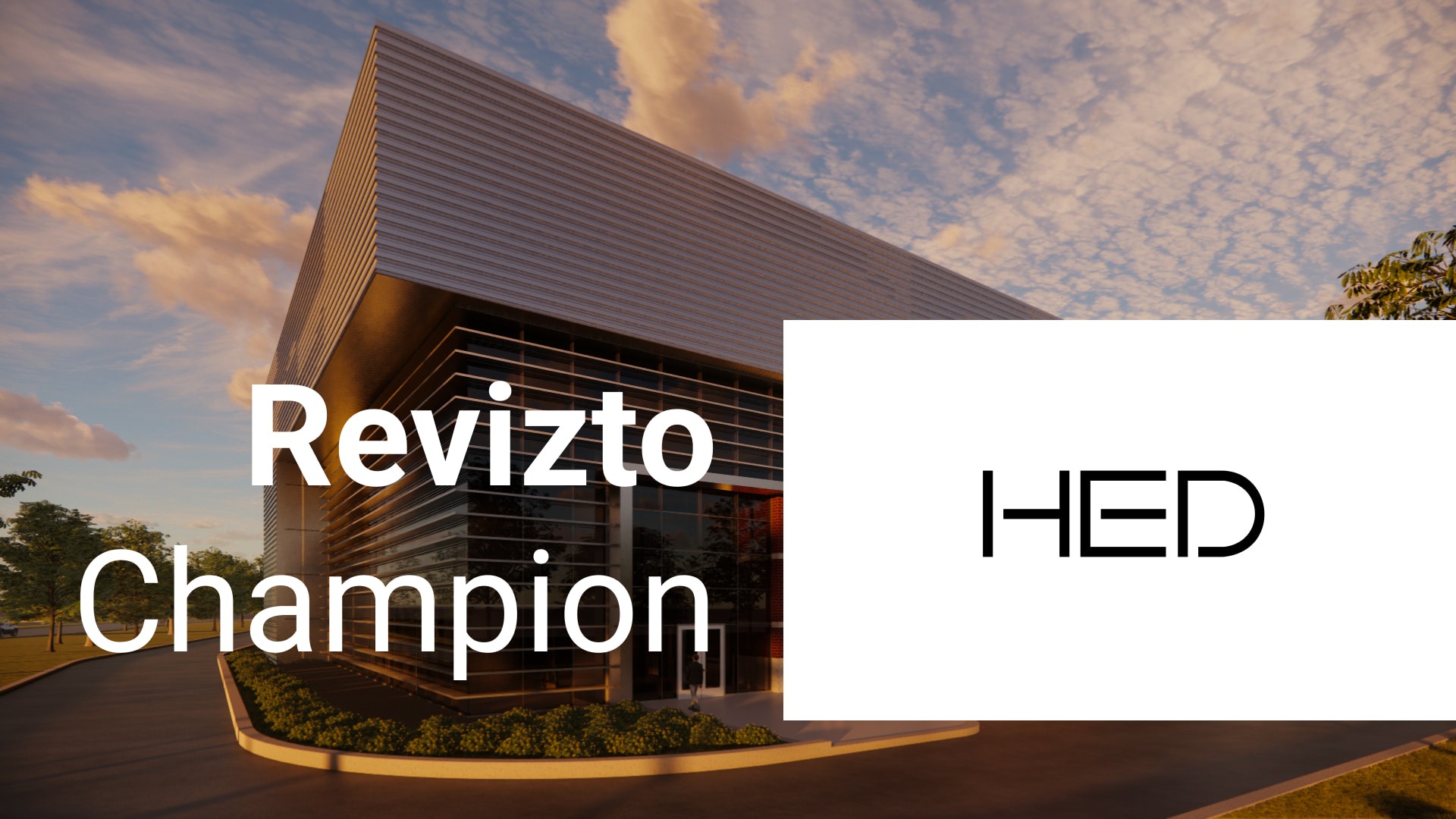From Design to Delivery:
A&E Firm Looks to Revizto for Multi-Phase, 157,600-sq-ft Data Center Coordination
HED is an architecture, engineering and planning firm headquartered in Royal Oak, Michigan.
Ranked in the Top 30 Data Center Architecture Firms for 2024 by Building Design+Construction's Giants 400 Report.
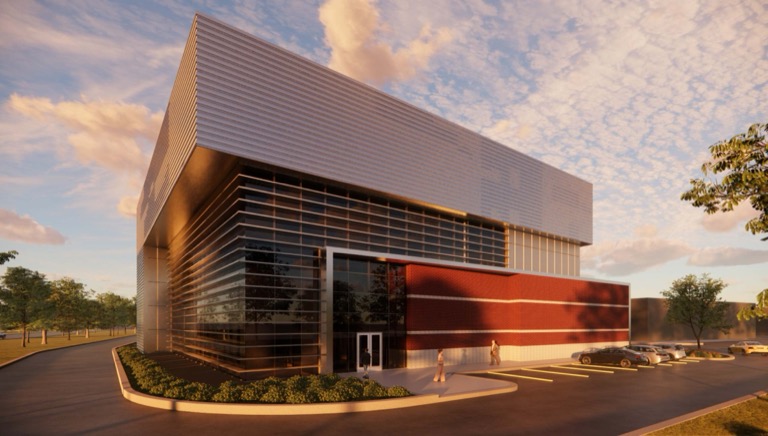
- Location
Virginia, USA
- Project Type
Data Center
- Budget (Shell-core)
$310M
- Project Size
157,600 sq ft
- Download as PDF
- Share this:
The design and construction of the Red Rum Data Center in Ashburn, Virginia required the construction of a new 157,600-square-foot data center built on a small site with numerous constraints and multiple stakeholders across three distinct phases. HED, the US-based architecture and engineering firm for the project, leveraged Revizto's 3D visualization and issue tracking capabilities to maintain visibility and accountability throughout the process. By embedding Revizto deeply into its project workflows, HED was able to quickly navigate across models, identify clashes, and create assignable issues, all within a centralized platform. The technology facilitated real-time communication and problem-solving, ensuring the design team can efficiently address challenges and meet the client's expectations as the project moved from design through construction to handover.
Our entire project delivery ecosystem is set up to support and promote communication …and that all begins with access to Revizto.
Three Phases, Multiple Stakeholders, One Source of Truth
Located on a portion of an existing 15-acre infill site at the gateway to Data Center Alley in Ashburn, Virginia, the Red Rum Data Center project is set to be a prototype for future data center developments for GI Partners, an investment firm that has owned, operated and developed data centers for over 20 years.
The project included the demolition of an existing building and subsequent design and construction of a new approximately 157,600-square-foot, two-story building. The new data center, designed by HED, combines high performance with an elegant design. Achieving both aesthetics and operational excellence required considerable collaboration across three distinct groups of stakeholders – a feat purpose-built for technology-enabled digital coordination.
Working closely with GI Partners, HED performed a feasibility study to determine how much IT capacity could be achieved and to develop design standards, as well as the building’s program requirements, including identifying the recommended critical cooling systems and electrical systems to meet their needs.
Roan Isaku, Practice Technology Leader with HED, said, “The building's design had to be more than just a typical data center due to its prominent location at the gateway to Data Center Alley. The project involved multiple stakeholders, including the owner, data center solution provider, and tenants, each responsible for three distinct phases of the design.”
For billing and tracking time purposes, the three separate projects included:
Shell & Core
Foundation, structural frame and exterior walls for building owner.
Interior Fit-Out
Raised floors, mechanical and electrical systems and other specialized infrastructure for data center specialist leasee.
Tenant Fit-Out
Custom server rooms, office spaces, etc. for tenants.
“With three different stakeholders, we had three sets of Revit design files. And to further complicate the process, the concept design was approved by the county before it was fully engineered, so we were held to stay within the approved limits,” said Isaku.
To manage this data collaboration and connectivity, HED put in place its proven digital ecosystem.
Core Connections
To ensure clear communication of design requirements, HED looked to its seamless cloud-based collaboration ecosystem which includes Autodesk Construction Cloud (ACC), design tools such as Revit, and Revizto.
In the case of the Red Rum Data Center project, each of the three stages (i.e., Shell & Core, Interior Fit-Out, Tenant Fit-Out) were set up with three separate Revit models. These models were then all live linked within the same ACC environment. Careful phase mapping is used to ensure the models don't overlap or conflict.
Isaku added, “With this digital framework, we can refer to the Tenant Fit-Out as we are developing the Interior Fit-Out or Shell & Core, for instance, at any time. Every one of the three phase models were live linked to each other. Revizto is very good at handling both 2D and the 3D models of any size. It shrinks them down for easy visibility and access…and it never crashes.”
As the project progressed, the Revit models were exported to Revizto on a regular schedule, either twice a week or daily, depending on the project needs to ensure that the team always has access to the latest model updates. Teams were also able to manually publish the Revizto model if needed.
Successful project coordination is not isolated to project reviews or official activities; it requires everyone to be an active participant and requires regular team communication. Our success hinges on fluid, effortless communication and coordination that goes well beyond the formal review activities. If one of us fails, all of us fail.
Here are a few of the essential tools within Revizto that Isaku and his team regularly rely on for the Red Rum Data Center and other HED projects.
Revizto Issue Tracker and Switchback
For HED, one of the most critical tools within Revizto is the Issue Tracker. The project team regularly used it on the data center project to assign, track and resolve issues with seamless integration between the 3D model and the issue tracking tool, which helped the multidisciplinary team collaborate effectively on issue resolution.
Further, the Switchback feature made finding these issues within a model quick and easy. The feature replicated the current Revizto view to an authoring tool such as Revit to make necessary changes or adjustments. From within Revit, users selected the Revizto plugin and select the "Issue Tracker" option to create a link between the Revit design model and the Revizto coordination model. Conversely, in the Revizto 3D environment, users could right-click on objects and select "Switchback to Revit" to quickly jump back to the corresponding location in a Revit model.
One of the biggest advantages of Revizto on this project and many others is its ease of use. Anyone can pick up the tool and walk through a model. Revizto's ability to accommodate non-Revit users, such as civil engineers or furniture vendors, is a real value when it comes to communicating designs, issue tracking and overall collaboration.
The Revizto Map Tool
Built on the Unity gaming engine, Revizto can display models of any size or complexity, which are compressed to a fraction of their original size, making it easy and reliable to use on any device by all team members. The Map tool in Revizto allows users to easily navigate to specific rooms or areas in the 3D model with consistent color coding for different disciplines (e.g., electrical, plumbing), helping with visual identification. Roan adds: “This is my favorite tool. I can navigate to any level or room very easily. Walking through a project can be a lot of fun. It's like playing a video game.”
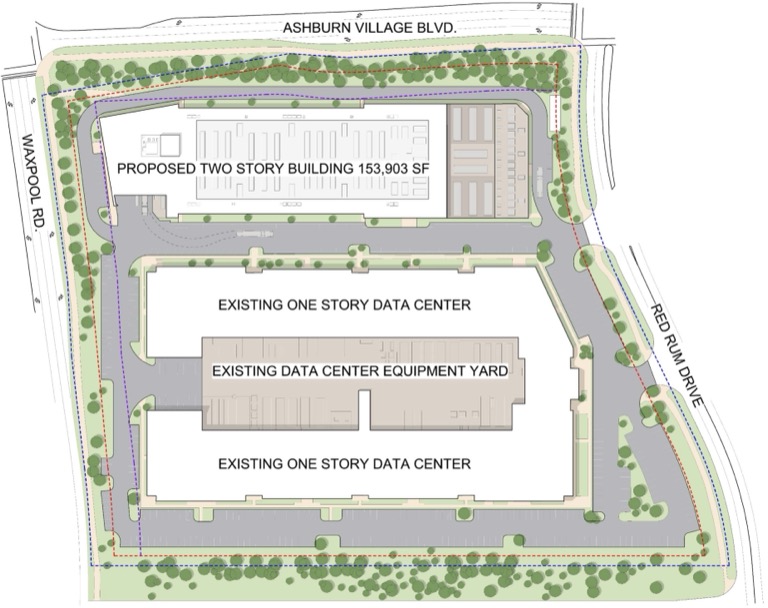
Revizto Automated Clash Detection
HED uses Revizto's built-in Clash Automation capabilities to identify and track clashes between the different discipline models. It’s particularly valuable to the firm as Revizto is capable of working with its own data and data imported from other clash detection/BIM solutions. The Clash Automation feature combines clash detection, auto grouping, auto sectioning, and auto assigning clashes to the correct party in a single environment that can offer a number of advantages.
Isaku believes that Revizto empowered the different disciplines on the data center project to proactively identify and resolve clashes within their own areas of responsibility, rather than waiting for a consolidated clash report. Once a test is run, each clash or group gets reviewed, and once it is reviewed, it was sent to the issue tracker, helping improve coordination and reduce delays in the overall project workflow.
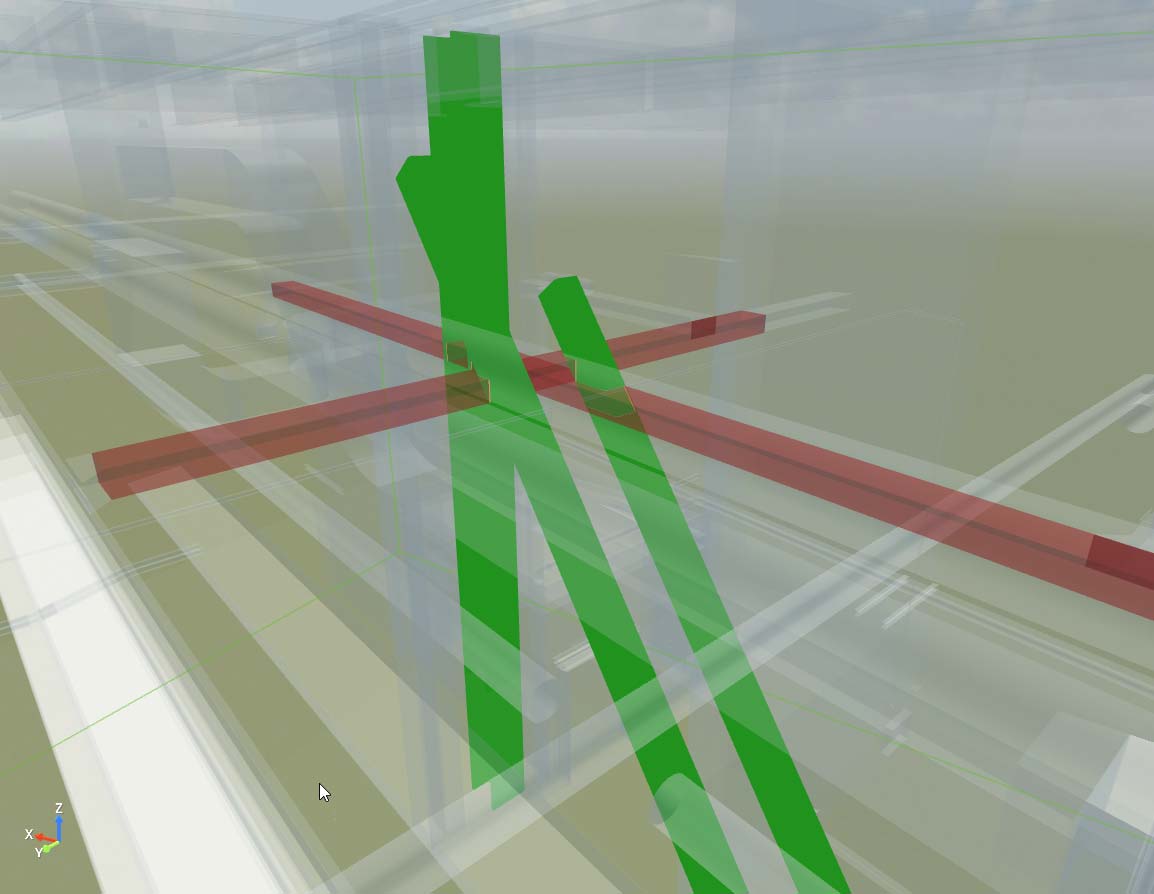
Revizto sets itself apart by making the clash detection process incredibly easy. With this platform, each discipline is able to run their own clash tests and do their own QC for the model.
Sections
The section cut tool in Revizto allows users to cut sections through a 3D model to see internal systems. Simply place the section tool on any face in the model to cut a section based on that face. The section can be adjusted by using a slider tool to move the section plane up and down through the model. Also, it is not limited to just orthographic or orthogonal sections; users can place it on any face to get the desired sectional view. The section cut tool can be used in conjunction with the section box tool to further explore the model. "We use the Section tool quite a bit in order to get inside the model quickly to work through the solutions." — Roan Isaku, Practice technology leader, HED
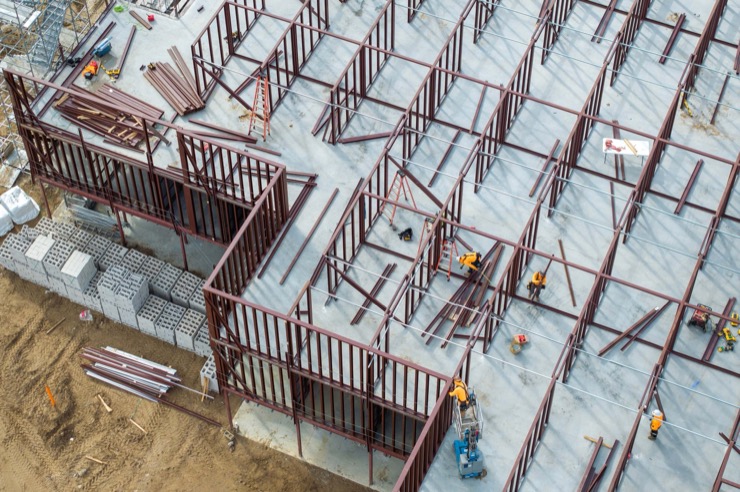
We use the Section tool quite a bit in order to get inside the model quickly to work through the solutions.
Revizto Stamps
The Stamps tool helps formalize the documentation and tracking of important project information, whether its field changes, lessons learned, or quality control items.
The HED project team on the Red Rum Data Center used the Stamps tool in Revizto extensively for their project coordination and review processes. The stamps tool allowed the team to visually interrogate the model and quickly create issues that are then tracked in the Revizto Issue Tracker.
Each HED project begins with a standardized stamp template containing discipline-specific issue types. The stamps are assigned to specific team members, ensuring accountability and clear ownership of issues. Stamps allow the team to quickly create issues and assign them to the appropriate team member or discipline.
Stamps is our preferred method of issue creation and our primary means of quality control/quality assurance at HED
Further, the Stamps tool integrates with the "Switchback" feature in Revizto, allowing users to quickly locate the area in the Revit model where an issue was identified.
Cross Project Value
The Red Rum Data Center Project is on track to finish construction [of the shell and core] in the summer of 2025.
As the Red Rum Data Center project progresses, HED will also use Revizto to manage punch lists.
Isaku added, “We regularly use Revizto for field activities like punch lists. It enables our architects to walk the project with an iPad and a digital plan sheet, creating issues as needed, taking photos and then automatically creating reports.”
In the near future, HED is planning to take advantage of Revizto’s QR code capabilities to expand its use of the technology for simplifying punch lists.
We believe in the benefits of Revizto for communication so much that we now provide Revizto to our external design partners. That’s how important it is to us and how much value it adds to communication of design details and more seamless project delivery.


